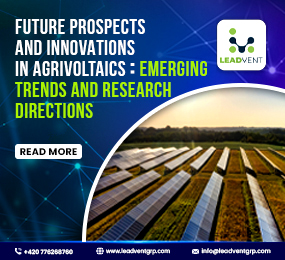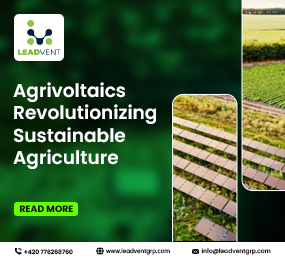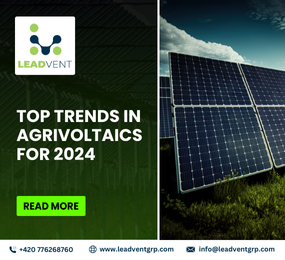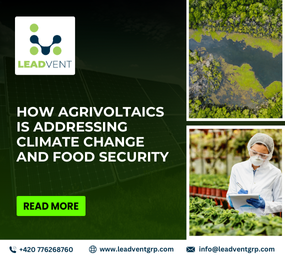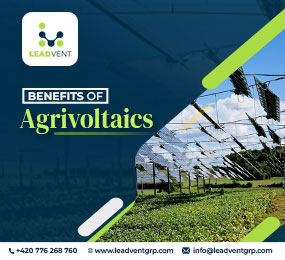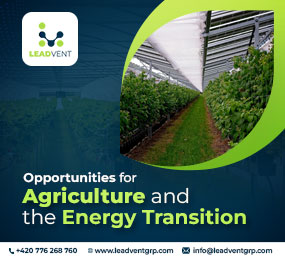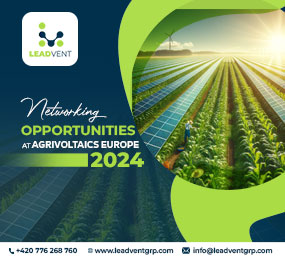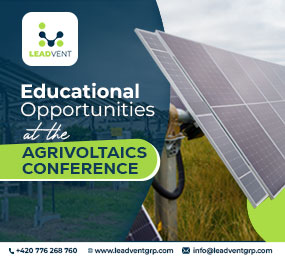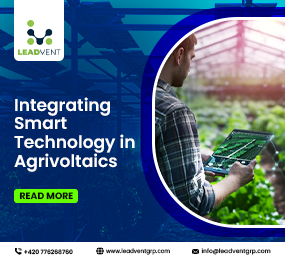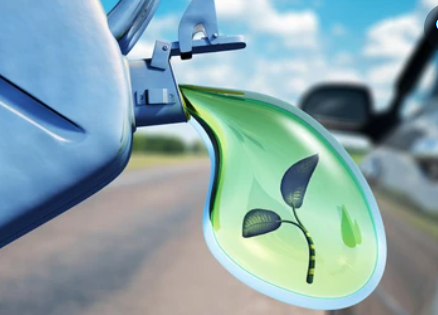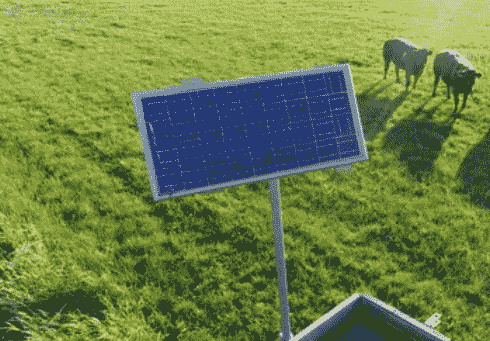Agrivoltaics: Where Solar Power Meets Sustainable Farming
In the face of climate change and growing pressure on land use, a quiet revolution is taking shape in rural fields across the globe. It's called agrivoltaics a simple but powerful idea that allows solar panels and crops to share the same land. And in doing so, it may just offer one of the smartest solutions for our food and energy future.
At first glance, the concept seems counterintuitive. Solar panels need space and sun. So do crops. But with thoughtful design, agrivoltaic systems are proving that energy and agriculture don’t have to compete they can actually work better together.
How It Works
Agrivoltaics, also known as agri-solar, involves installing solar panels above crops or grazing land. These panels are usually mounted higher off the ground or spaced farther apart than traditional solar arrays, allowing enough sunlight and airflow for farming to continue below.
This setup creates a dual-use system: the land generates clean electricity while also producing food or supporting livestock. In some cases, the crops benefit from the partial shade provided by the panels, especially in hot or arid regions where direct sunlight can stress plants or deplete soil moisture.
Benefits Beyond the Obvious
One of the biggest benefits of agrivoltaics is its efficient use of space. In a world where farmland is shrinking and the demand for renewable energy is rising, combining these two critical needs makes both environmental and economic sense.
For farmers, agrivoltaics can offer a new revenue stream through energy production helping to stabilize income during bad harvest years or volatile crop markets. It also reduces water evaporation, improves soil health, and can help protect crops from extreme weather, such as hail or drought.
On the energy side, placing solar arrays on agricultural land can help utilities reach renewable targets without disturbing forests or wilderness areas. The panels themselves can also operate more efficiently when cooled by the airflow and moisture from the crops below.
Challenges and Considerations
Of course, agrivoltaics isn’t a one-size-fits-all solution. It requires careful planning to select the right crops, panel heights, and spacing. Not all farming operations are suitable for integration with solar, and upfront costs can be a hurdle for small-scale farmers.
However, pilot projects in France, Japan, Kenya, and the United States are showing promising results. Governments and energy companies are beginning to offer incentives, recognizing the role agrivoltaics can play in energy transition and rural development.
Takeaway
Agrivoltaics isn’t just a clever use of space it’s a practical way to link two of the world’s most pressing needs: clean energy and sustainable food production. By letting the sun do double duty, we’re not only reducing carbon footprints, we’re also building more resilient farms and communities. In a warming world, that’s a win worth growing.
Learn more on our website: https://www.leadventgrp.com/events/4th-annual-agrivoltaics-europe/details
For more information and group participation, contact us: [email protected]
Leadvent Group - Industry Leading Events for Business Leaders!
www.leadventgrp.com | [email protected]


